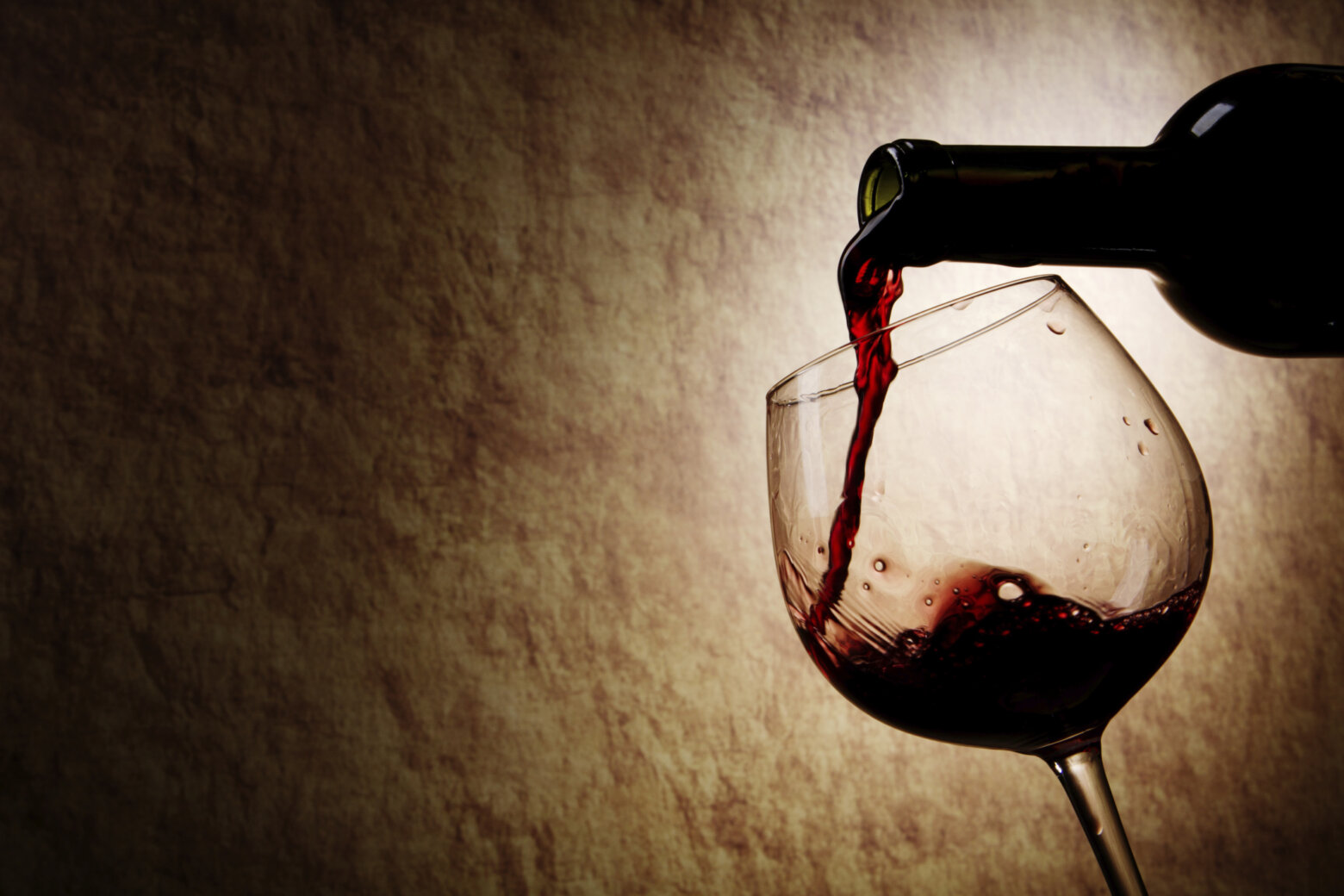WASHINGTON — In 1976, Dan Duckhorn, a Northern California native working in the financial industry, and his wife Margaret, founded Duckhorn Vineyards.
Duckhorn was a financial industry entrepreneur who was working with an investment firm in Napa Valley. When the firm decided to divest a nursery operation in Napa Valley, the Duckhorns, with a small group of investors, stepped in and purchased just 10 acres in Napa and started off on an adventure that would excel for more than 30 years and expand into three brands.
While visiting Bordeaux with his winemaker, Duckhorn fell in love with merlot and decided to buck the conventional wisdom of the day by attempting to make a world-class merlot wine in California. Duckhorn Vineyards quickly developed a reputation for producing some of the best merlot-based wines in the country. Noted wine columnist Frank Prial gave Duckhorn the nickname, “Mr. Merlot.”
But today, fans of Duckhorn know that the name means more than just merlot. Duckhorn’s cabernet sauvignon has been produced alongside its famous merlot since the first harvest back in 1978 and has always been a stellar wine.
Then, in 1994, Duckhorn Wine Company launched Paraduxx — a play on Dan’s last name — which produces red wine blends featuring cabernet and zinfandel. Three years later, Goldeneye was formed to produce pinot noir from Anderson Valley.
Today, Migration, Decoy and Canvasback join the Duckhorn family to provide a portfolio of wines that offers something for every wine lover.
Of course, with that much wine to make, not all of the grapes come from estate-owned vineyards. Duckhorn also sources grapes from quality vineyards that have to meet very specific and stringent guidelines, including low crop yields — usually three to four tons per acre — and harvesting by small blocks.
In addition, the winemaking team uses a variety of barrels made by 13 different cooperages and 25 different types of oak. That kind of commitment gives the winemakers a big advantage when it comes to producing wines that are consistent from vintage to vintage and true to the founder’s vision.
A good way to get introduced to the Duckhorn family of wines is through the value-oriented 2014 Decoy Sonoma County Red Wine, a blend of merlot, cabernet sauvignon, petite sirah, cabernet franc and petit verdot. The wine is rich and powerful in the mouth, with concentrated flavors of blackberry, blueberry, and ripe dark cherry. Hints of caramel and vanilla add depth and complexity to the long, complex finish. $20
One of my favorite ways to get any evening started is with the 2016 Duckhorn Vineyards Napa Valley Sauvignon Blanc, a wine the Duckhorn estate has been making since 1982. Semillon is blended in to provide notes of passion fruit and pineapple on the aromatic nose. Mouth-filling flavors of ripe apple, pear, pineapple and guava are kept in balance by the bright acidity. Notes of vanilla and citrus linger on the beautiful finish. This wine would also pair beautifully with fresh seafood or oyster on the half shell. $25
Dan and Margaret Duckhorn wanted to embrace their love of pinot noir, so in 1996, they founded the Goldeneye Winery to produce world-class pinot noir. The 2014 Goldeneye Anderson Valley Pinot Noir is a dark, brooding pinot, full of cinnamon, nutmeg and orange peel on the aromatic nose. Rich flavors of dark cherry, red plum, allspice and cloves play out over the palate and the finish, where hints of red licorice gently slide in. Perfect with salmon or tuna on the grill. $45
One of the wines that brought Duckhorn early acclaim was the Three Palms merlot. Each year, small amounts of cabernet sauvignon, malbec and petit verdot are blended into this flagship wine. The 2013 Duckhorn Vineyards Merlot Three Palms Vineyard from Napa Valley features scents of dark chocolate, cherries and candied ginger on the nose. The palate has a core of dark fruit — predominantly black plums, dark cherries and black boysenberries — and baking spices. Notes of vanilla and toffee work their way in on the massive finish. This wine is definitely still on the young side, so consider cellaring it for five or six years or decant it six hours before serving it. $95







